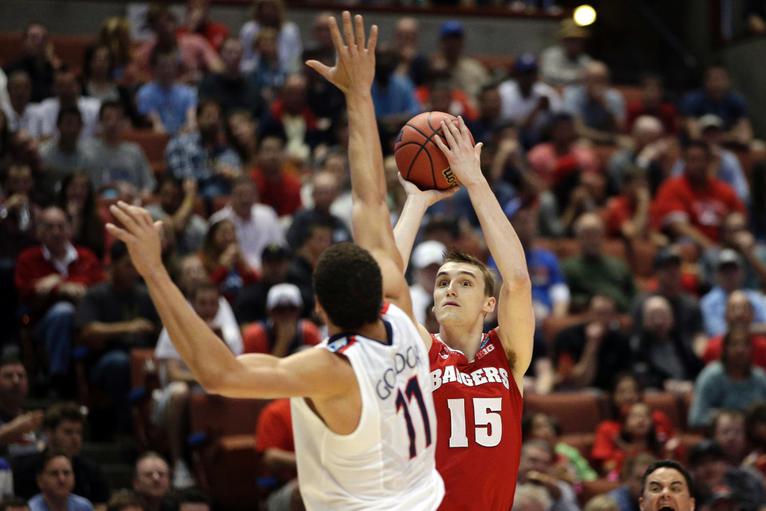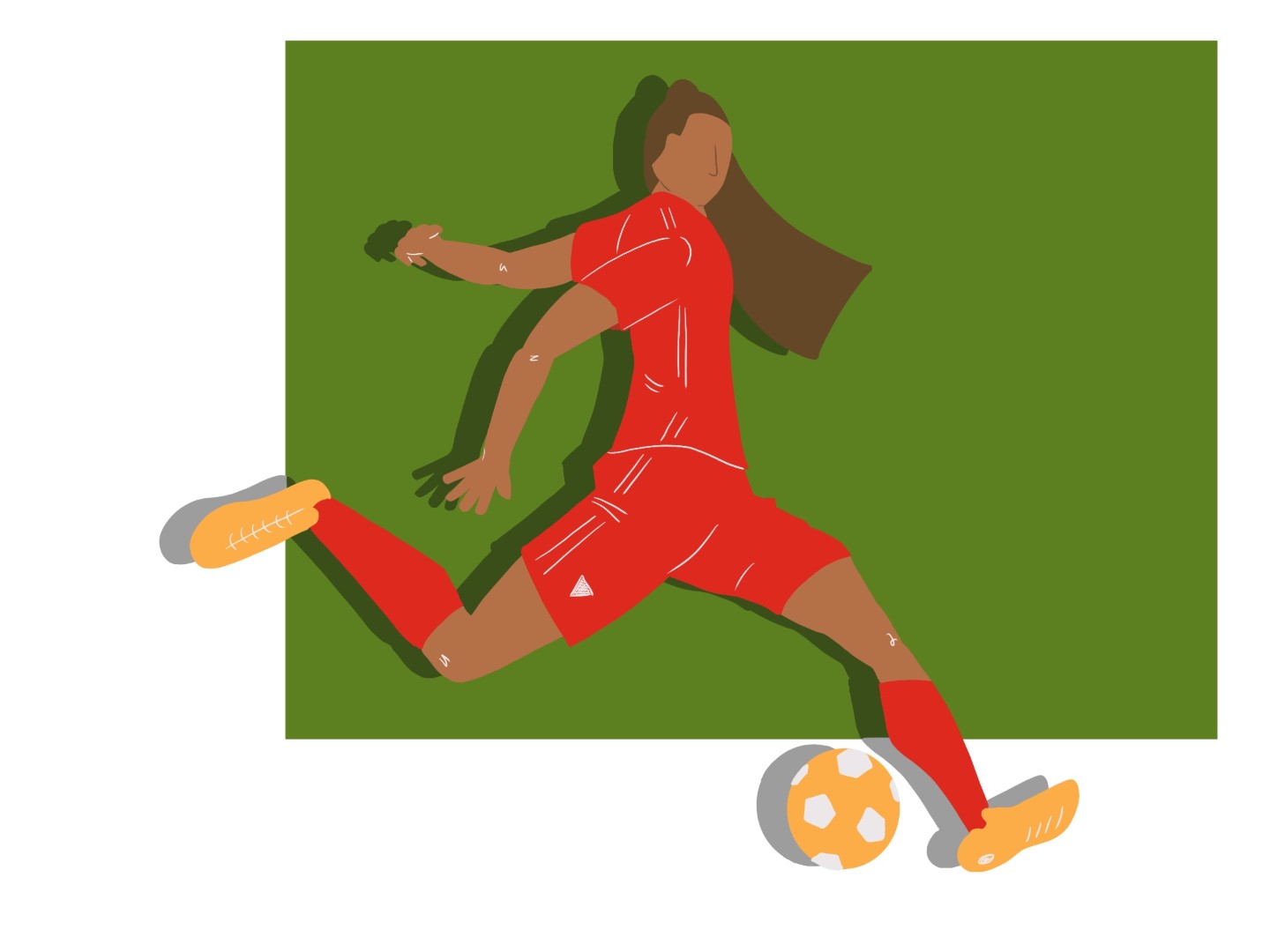Should college athletes be paid?
By Eric Wilkins, Sports Editor
I love college athletics. For many schools, athletics form the basis for school pride; they give people something to recognize and rally around. Notre Dame isn’t synonymous with the Fighting Irish because of its math club—it’s their sports teams. Along with this, athletics give schools a prime opportunity to fill their coffers. Often forgotten amidst the cheering and influx of money though, are those who make it all possible: the athletes.
The debate of whether college athletes should be paid is one that likely won’t be settled anytime soon. Despite what many believe, the solution is not as black and white as it seems. Since the argument is often centred around the ridiculous sums of money big-time schools rake in, the figures cited in this article will refer to US schools, seeing as we’re on the heels of March Madness.
Why shouldn’t athletes be paid? The reason certain colleges can make so much money off of television contracts and such is because their teams are good. Good teams have star players. Star players are usually on scholarships. Without these star players, many of these schools likely wouldn’t do as well and, as a result, wouldn’t make as much money. It makes sense to compensate these players with scholarships. However, some athletes feel the need to be paid on top of their scholarships. Before addressing the issue of walk-ons getting paid, let’s dismiss the scholarship athletes’ “need.” The average cost of a degree in the States is $25,588 per year according to CampusExplorer.com. To make things easier we’ll round that figure to $25,000 and say a four-year degree is worth $100,000; a full-ride (not full-tuition) scholarship will cover that figure in addition to books, accommodations, and food—the basics needed to get by.
Many in the pro college-athletes-getting-paid camp are quick to point out that even full-ride scholarships fail to account for everything. Yes, room and board are covered, but there’s no money with which to watch a movie or hit the mall; essentially, no money to have a life with. Also noted is that these student-athletes have very little time for much else. When not practicing, playing, or travelling, players tend to spend time in the weight room or practicing on their own to keep themselves in the necessary shape and skill level required. On top of this, athletes have class and need to study hard to maintain a good GPA just like everyone else. In short, it’s a massive struggle to get and keep up a part-time job.
It sounds absolutely miserable, but it’s rainbows and unicorns compared to the rest of the student body. No time for a part-time job for pocket money? Try being in debt for your tuition: most students are saddled with massive loans just to pay for their education. Merely having to manage a small loan for personal expenses would be a dream come true for them.
Continuing in this vein, let’s further take a peek at how well-off these scholarship athletes are. While difficult for student-athletes, with a full course load it’s no walk in the park for non-athletes to keep jobs either. Even if a full-time student manages to get a 30 hours/week job while upholding decent grades, one can’t hope to even sniff the cost of a scholarship. At the US federal minimum wage of $7.25, that student will be making $870 per month—a fraction of their annual tuition. Suddenly, being in the hole for “fun” money doesn’t seem so bad.
Another point against college athletes being paid is how one would do it. Does every athlete get the same deal? Are contracts negotiated? Will athletic scholarships be abolished? Is tuition covered automatically and then they’re paid on top of it?
The first thought is that of course players will be paid differently—but how is that fair? All the players are putting in the same time. It’s impossible to establish a hierarchy, either. It’d be easy to say starters make a certain amount and bench players make a certain amount, but similarly, that won’t work. What if some starters are significantly better than others? Some starters are stars, but the rest are just adequate? And what if a bench player steals a starter’s spot? Renegotiate his deal? Highly unlikely since it could happen more than once and players need some financial stability so they can plan their lives out. Do players get paid only during their season? What about the time they put in during the off-season? And none of this has even touched whether there is a varying pay scale between sports. What about men vs. women? Will pay be directly proportional to the revenue a sport brings in? What if some schools can afford to pay more than others?
Carrying on with the issues, would scholarships still exist? Some schools might not be able to dole them out if they’re paying players as well. Many colleges list 20 sports or so that the school participates in. They have everything from football, to tennis, to water polo. There are a couple hundred athletes to account for there. To make things easier, we’ll say some schools aren’t offering as many sports and only have 200 athletes. Assuming these athletes are paid year-round at minimum wage and their work is averaged out to 20 hours per week, that’s $6,960 an athlete per year. While that’s not very much individually, even at a conservative 200 athletes, that works out to just under $1.5 million in player salaries a year—that’s just over a third of the CFL’s salary cap.
In a perfect world, college athletes would get paid; every school, not just the ones you see constantly on the television, would be able to afford it; and there would be some horribly complex, but undoubtedly simple, way of deciding how much each athlete would make. But it’s not a perfect world. Athletes aren’t paid and it’s unlikely they ever will be. Students going through unpaid internships have a similar claim, though theirs has a chance of being resolved. The difference with athletics is that only a small percentage of these athletes will go pro and a number of them aren’t really planning on it; it’s not a career path. At the end of the day, athletics are a choice. True internships exist because students need them to graduate—they can’t say, “No.” Athletes with any kind of scholarship are being compensated for their time, generally better than a student could do with a part-time job. Those athletes who aren’t on scholarships though do so with the knowledge that it’s their choice to be there. If they’d rather make a buck than play in school colours, no one is stopping them.
So should student-athletes be paid? Sure, it’d be nice. Is it realistic? Not a chance.


